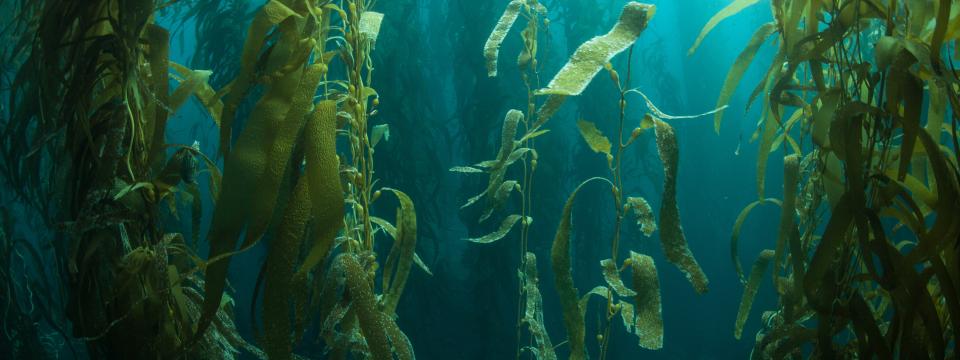This bibliography gathers publications over many years from a variety of researchers exploring topics of agency, directionality, and function (among others) with a special emphasis on CASP members. It began with work from teams within the initial Agency, Directionality and Function project and continues to be populated with papers and articles from diverse researchers looking to further develop and expand ways of working interdisciplinarily on the complex theme of teleology.
Included in the bibliography are entries for publications and books that many scholars involved in the Agency, Directionality and Function project recommended as foundational texts in their field of study. We welcome suggestions for additions to the bibliography from CASP members.
Adaptation and Adaptationism
Mirani, A., & McAvoy, A. (2022). Payoff landscapes and the robustness of selfish optimization in iterated games. Journal of Mathematical Biology, 84(6), 55.
Munasinghe, M., & Ågren, J. A. (2023). When and why are mitochondria paternally inherited? Current Opinion in Genetics & Development, 80, 102053.
Nowak, M. (2006). Evolutionary Dynamics: Exploring the Equations of Life. Cambridge (MA): Harvard University Press.
O’Connor, C. (2019). The Origins of Unfairness: Social Categories and Cultural Evolution. Oxford: Oxford University Press.
O’Connor, E. A., & Cornwallis, C. K. (2022). Immunity and lifespan: answering long-standing questions with comparative genomics. Trends in Genetics, S0168952522000580.
Obando, D., Wright, N., & Hill, J. (2022). Warmth and reciprocity with mothers, and young children’s resilience to exposure to community violence in Colombia: findings from the La Sabana Parent–Child Study. Journal of Child Psychology and Psychiatry, jcpp.13629.
Okasha, S. (2018). Agents and Goals in Evolution. Oxford: Oxford University Press.
Orzack, S.H. (2008). “Testing adaptive hypotheses, optimality models, and adaptationism.” In The Oxford Handbook of Philosophy of Biology. Edited by M. Ruse. New York: Oxford University Press, 87–112.
Orzack, S.H. and E. Sober. (ed) (2001). Adaptationism and Optimality. New York: Cambridge University Press.
Patten, M. M. (2022). Evolution: Various routes to sex determination. Current Biology, 32(9), R416–R418.
Patten, M. M., Schenkel, M. A., & Ågren, J. A. (2023). Adaptation in the face of internal conflict: the paradox of the organism revisited. Biological Reviews, brv.12983.
Pittendrigh, C.S. (1958). "Adaptation, natural selection, and behavior.” InBehavior and Evolution. Edited by A. Roe and G.G. Simpson. New Haven: Yale University Press, 390–416.
Pontarotti, G., Dussault, A. C., & Merlin, F. (2022). Conceptualizing the Environment in Natural Sciences: Guest Editorial. Biological Theory, 17(1), 1–3.
Potochnik, A. (2008). "Optimality modeling in a suboptimal world." Biology & Philosophy 24(2): 183–197.
Reiss, J.O. (2009). Not by Design: Retiring Darwin's Watchmaker. Berkeley and Los Angeles: University of California Press.
Richardson, L. K., Beck, J., Eck, D. J., Shaw, R., & Wagenius, S. (2023). Fire effects on plant reproductive fitness vary among individuals, reflecting pollination‐dependent mechanisms. American Journal of Botany, 110(4), e16160.
Rose, M.R. and Lauder, G.V. (1996). Adaptation. London: Academic Press.
Roy, R., Moreno, N., Brockman, S. A., Kostanecki, A., Zambre, A., Holl, C., Solhaug, E. M., Minami, A., Snell-Rood, E. C., Hampton, M., Bee, M. A., Chiari, Y., Hegeman, A. D., & Carter, C. J. (2022). Convergent evolution of a blood-red nectar pigment in vertebrate-pollinated flowers. Proceedings of the National Academy of Sciences, 119(5), e2114420119.
Ruse, M. (1989). “Teleology in biology: is it a cause for concern?” Trends in Ecology & Evolution 4(2): 51 - 54.
Ruse, M. (2003).Darwin and Design: Does Evolution Have a Purpose? Cambridge (MA): Harvard University Press.
Sfara, E. (2022). On hemianopsia, vision and adaptive reactions in organism’s pathological states.
Shephard, A. M., Knudsen, K., & Snell-Rood, E. C. (2023). Anthropogenic sodium influences butterfly responses to nitrogen-enriched resources: implications for the nitrogen limitation hypothesis. Oecologia, 201(4), 941–952.
Simpson, G.G. (1958). “The study of evolution.” InBehavior and Evolution.Edited by A. Roe and G.G. Simpson. New Haven: Yale University Press, 7–26.
Snell-Rood, E. C., & Kobiela, M. E. (2023). Rearing the Cabbage White Butterfly (Pieris rapae) in Controlled Conditions: A Case Study with Heavy Metal Tolerance. Journal of Visualized Experiments, 198, 65383.
Snell-Rood, E. C., & Smirnoff, D. (2023). Biology for biomimetics I: function as an interdisciplinary bridge in bio-inspired design. Bioinspiration & Biomimetics, 18(5), 052001.

